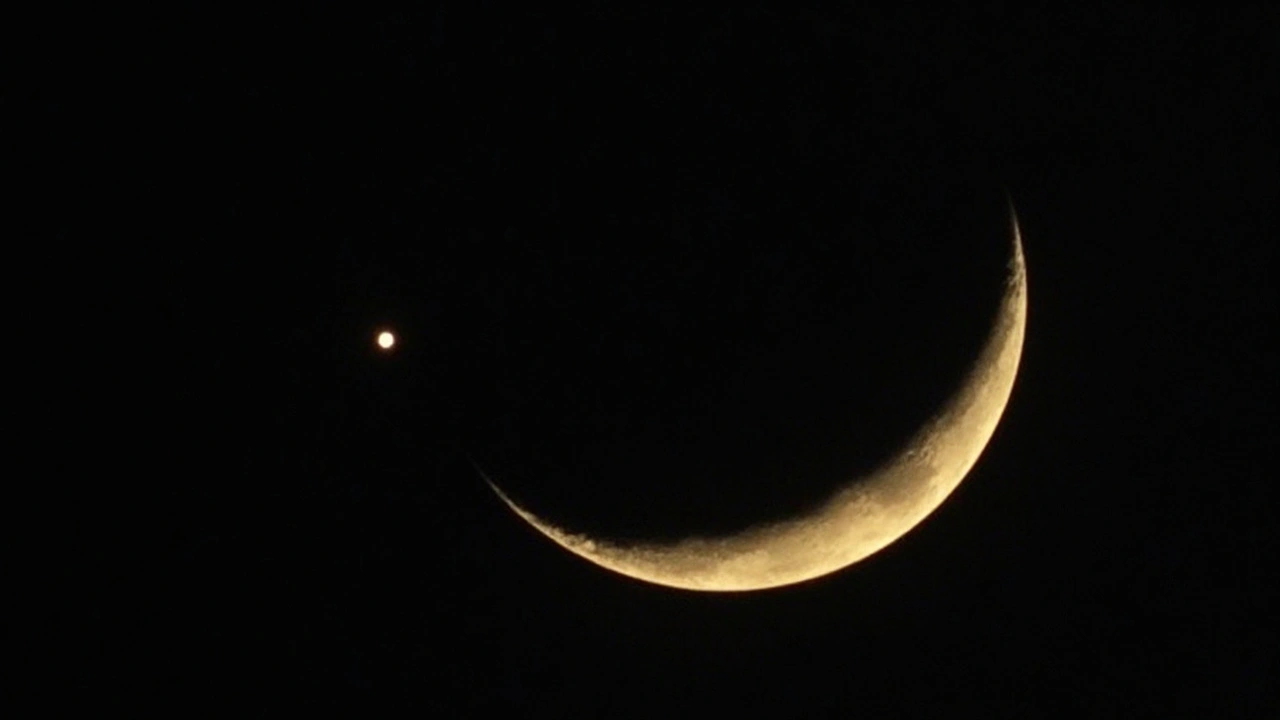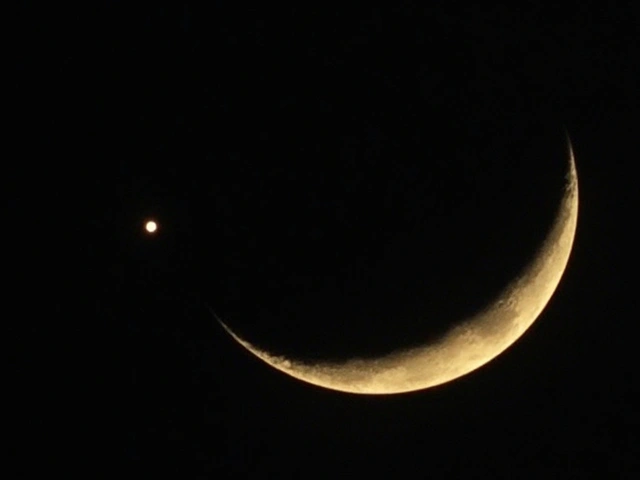
Moon Sightings Define Celebration Dates in the Gulf
In an unfolding story of celestial observation dictating our earthly celebrations, Saudi Arabia, along with the United Arab Emirates, Qatar, and Kuwait, have officially marked March 30, 2025, as the start of Eid al-Fitr. This decision follows confirmed reports from local observers spotting the Shawwal crescent moon on March 29. The eagerly awaited announcement was carried by Saudi media outlets, leading to a vast sense of anticipation for the festivities the following day.
Eid al-Fitr, one of the most significant Islamic holidays, signals the end of Ramadan, a month dedicated to fasting, prayer, and reflection. As the sun rises on March 30, these Gulf nations will fill the air with jubilant Eid prayers, followed by lively family gatherings and traditional feasts. These activities not only reinforce familial ties but also stress the importance of charity and community during this joyous occasion.
Contrasting Timelines Across Other Nations
Meanwhile, a different narrative plays out in countries like Malaysia, India, Australia, Bangladesh, Indonesia, and Brunei, where Eid will be celebrated a day later, on March 31, 2025. The deviation stems from the absence of a crescent moon sighting on March 29, causing Islamic authorities to declare the conclusion of Ramadan after a complete 30 days.
Malaysia made significant efforts to spot the crescent moon but ultimately found that it remained invisible, aligning with Australia’s Fatwa Council's declaration. These differences highlight the delicate balance that regional moon-sighting methodologies play in shaping Islamic observance and timelines. Moreover, they reflect not just religious aspects but also a rich tapestry of cultural diversity, emphasizing how a single event can be profoundly personalized by geographical practices.
This variation isn't a first and underlines a broader tradition where local moon sightings often result in diversified Eid start dates across the world. Countries in alignment with Gulf announcements may celebrate alongside them, while others may follow localized astronomical calculations or traditional observation methods, leading to a tapestry of celebrations spanning two days.
Through these differences, one constant remains: wherever and whenever Eid al-Fitr is observed, it is a moment of spiritual rejuvenation, community engagement, and deep cultural significance, reminding us all of the diversity and unity within the global Muslim community.






Celebrating Eid based on moon sightings is a sham that glorifies superstition over science.
Don't be fooled!! The global powers manipulate lunar announcements to synchronize socio‑political agendas!!! Their clandestine algorithms dictate when millions must feast, and you accept it without question!!!
Contemplating the celestial mechanics behind Eid underscores humanity's timeless yearning to align ritual with the cosmos. The moon, as a silent arbiter, invites us to reflect on cycles of fasting and feasting. Yet the very act of communal sighting transforms an astronomical event into a social contract. By comparing Gulf nations with Southeast Asian communities, we witness a mosaic of interpretive frameworks coexisting under a single faith. This plurality challenges the notion of a monolithic practice, revealing how culture negotiates the divine. Moreover, the scientific calculations juxtaposed with traditional observation highlight an ongoing dialogue between reason and tradition. It is fascinating how these divergent methods coexist without fracturing communal solidarity. Ultimately, the shared spirit of Eid transcends the minute of moonrise, uniting hearts across continents.
It is heartening to observe how different regions honor the conclusion of Ramadan with both reverence and local nuance. The emphasis on charity and community resonates universally, regardless of the exact calendar date. Your article captures this delicate balance between astronomical precision and cultural tradition admirably. May the celebrations bring peace and goodwill to all involved.
I appreciate the comprehensive overview of moon‑sighting methodologies across various nations. Such clarity aids inter‑community understanding and fosters constructive dialogue. Thank you for shedding light on these important practices.
The spectacle of divergent Eid commencements is nothing short of a geopolitical opera, where the moon serves as both protagonist and unwilling puppeteer. Each nation's declaration reverberates through the diaspora, causing a cascade of logistical recalibrations that span airline schedules to culinary supply chains. When Saudi Arabia pronounces the sighting, the entire Gulf basin instantaneously syncs its prayers, echoing centuries‑old jurisprudential precedents. Conversely, the postponement in Malaysia triggers a palpable shift in consumer behavior, as vendors scramble to adjust inventory for a day later demand surge. This bifurcation underscores an inherent tension between epistemic authority and localized praxis, a tension that scholars have dissected in countless symposiums. Moreover, the astronomical community contributes sophisticated lunar ephemeris data, yet many clerics still prioritize naked‑eye verification, a practice steeped in tradition yet fraught with variability. The resultant discord invites criticism from reformist factions who argue for a unified, calculation‑based approach to eliminate ambiguity. Traditionalists, however, defend the sanctity of observational rites, invoking prophetic authenticity as their bulwark. The media narrative, meanwhile, oscillates between sensationalism and reverent reportage, often amplifying minor discrepancies into perceived schisms. Economically, the two‑day stagger generates a ripple effect on hospitality sectors, where hotels report fluctuating occupancy rates tied directly to the announced dates. Socially, families straddling borders must navigate emotional complexities, reconciling divergent celebration timelines within the same household. Politically, governments wield the announcement as a tool of soft power, aligning public sentiment with broader national identity projects. From a sociocultural perspective, the phenomenon illustrates the resilience of communal bonds, which persist despite temporal disjunctions. The underlying message remains unequivocal: faith adapts, yet its core values endure beyond the lunar calendar. In sum, the moon's fleeting silhouette ignites a cascade of interdisciplinary intrigue, encompassing theology, astronomy, economics, and human psychology alike.
Great analysis! For anyone syncing travel plans, note that airlines often update their systems within 24 hours of the official moon‑sighting announcement.
Regardless of whether Eid begins on the 30th or the 31st, the shared joy and generosity unite Muslims worldwide, reminding us that the true celebration lies in the heart, not the calendar.